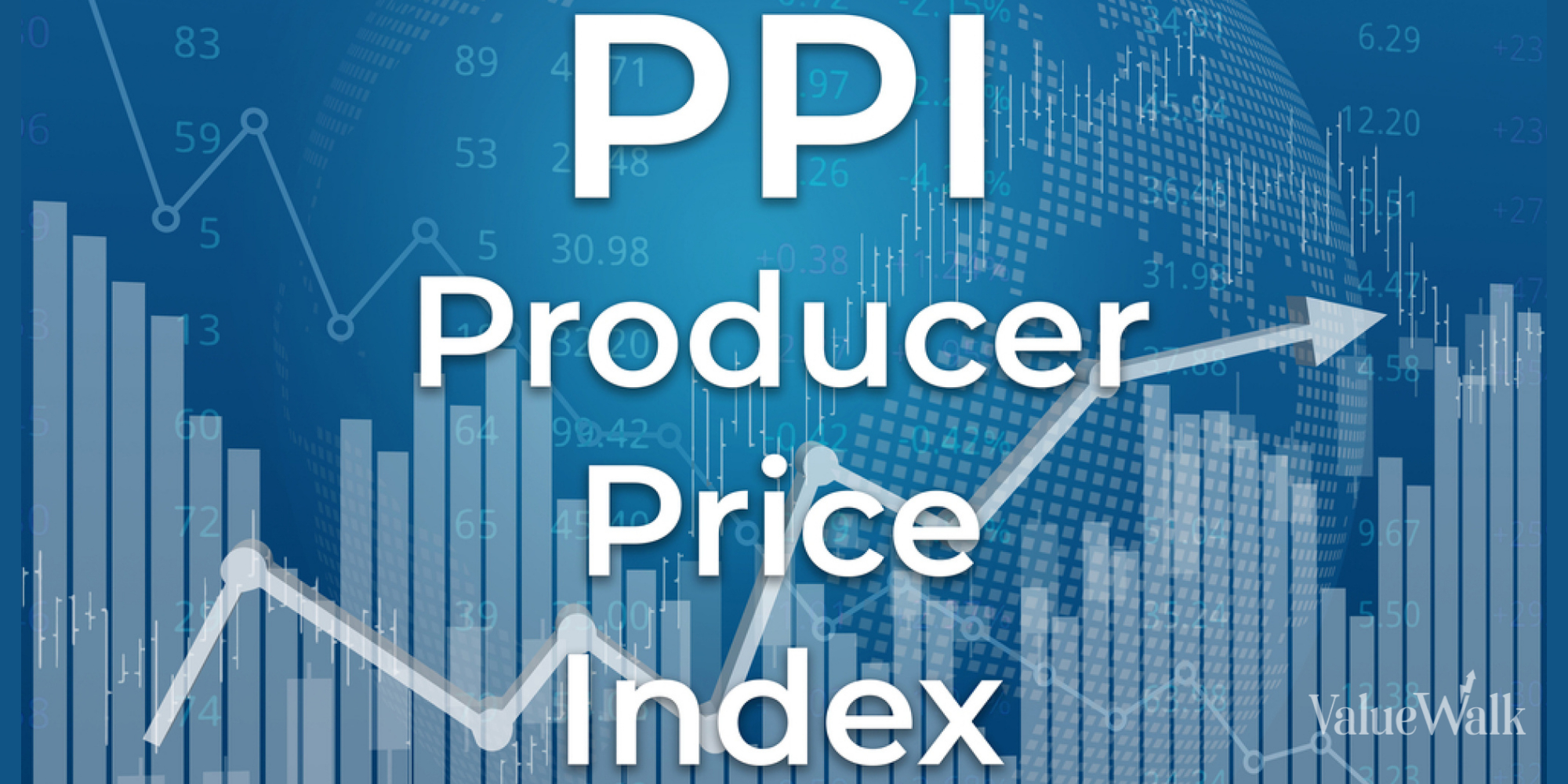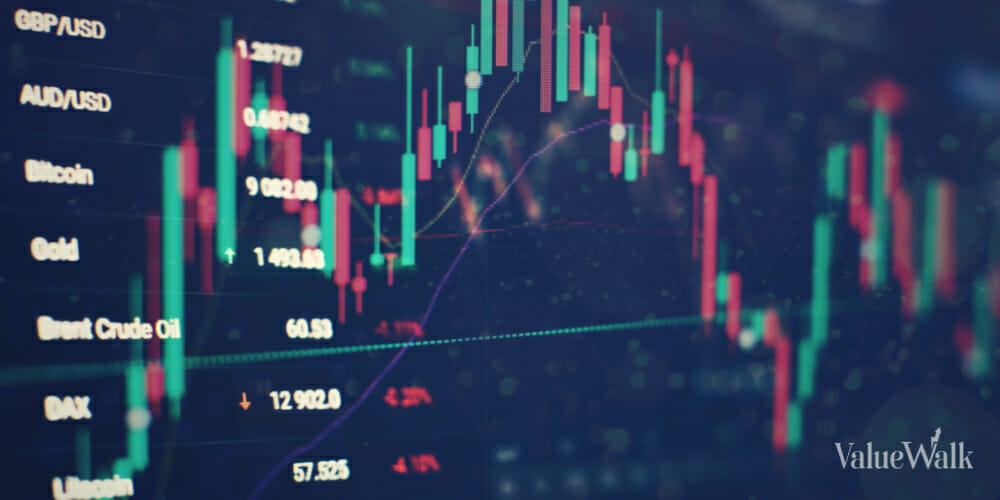Kristin Ceva is a managing director and Senior Portfolio Manager directing emerging market debt strategies at Payden & Rygel, a global asset management firm. She was recently asked about the emerging market debt asset class and its significance in a diversified investment portfolio.
This year has been all about bonds, but we don’t hear much about emerging markets debt. Give us an overview of the opportunities today in the asset class.
Emerging market debt is about three asset classes: the dollar-pay sovereign asset class, which trades at a spread over U.S. Treasury bonds; dollar-pay corporates, which also trade at a spread over U.S. Treasuries, but it’s corporate debt rather than sovereign debt; and the third is the local asset class, which is primarily sovereign debt. The components of returns on the local asset class come from local yield moves and the currency since these bonds are denominated in the currency of that country.
In terms of opportunities today, the macro environment is supportive for emerging market debt for all three asset classes, but particularly supportive for emerging market local debt.
Investing In Emerging Market Debt
We believe that emerging markets are at peak inflation and peak policy rates. There’s disinflation happening and rates are coming down. On the emerging market currency side, we believe that the dollar is going to weaken and EM currencies will strengthen versus the dollar.
Given the yields that we are seeing on U.S. investment grade, high yield, and U.S. Treasuries, why should investors take on more risk with EM debt?
It is an attractive environment overall for all fixed income. But we believe that some diversification beyond the US is important. Investing in emerging market debt gives you 88 countries to choose from. It’s a very well diversified asset class in terms of countries, sectors and currencies.
With yields currently between 8% and 9%, emerging market debt is paying a premium over most US fixed income. Your expected total return, because you’re getting in at that high level of yield, is also relatively higher.
Is this a good entry point for investors?
We see a number of supportive factors for investment now in emerging market debt. Inflation is coming down and we’re in a cycle where we’ve had a strong dollar for the last ten years which might not be the case going forward. If we’re in a soft dollar environment, that would be supportive of emerging market debt, and particularly local.
The fact that China’s growth has improved beyond expectations is a helpful factor for the asset class.
Additionally, the technicals are better than they were in previous years, as outflows have moderated, yields are attractive and cash levels are high.
You have mentioned in previous interviews that this is an underutilized asset class. Why do you think that’s true?
For one thing, many institutions and retail investors, if they look at emerging markets at all, look at it through an equity lens, putting all of their eggs in the EM equity basket.
Emerging market (EM) debt is a fairly new asset class which started in the 1990s after the 1980s debt crisis and Brady bonds coming to market. As the asset class developed, investors could see that EM debt risk/reward was superior to EM equities. While total returns were fairly similar, the volatility of EM equity was so much greater. In terms of asset allocation models, we see a more balanced approach taken now by institutions, adding EM debt to their equity exposure. That process is still playing out.
I think another aspect of underutilization is that investors just assume that EM debt is more risky than other fixed income alternatives. Yet overall ratings on all of the EM debt indices are investment grade, a higher average rating than in US high yield.
You said there are 88 countries here in the EM debt market. How do you make the investment decisions on what areas, countries to buy
We have an investment process where we put all of the countries through the same evaluation and scorecard, considering various factors that we think are important in understanding the fundamental drivers of that particular country. Those factors include our view on the country’s growth, their fiscal situation, their external accounts and ESG factors. We conduct quarterly reviews to determine whether we think these countries are on an improving trajectory or on a deteriorating trajectory.
That will inform our analysis and our portfolio construction to focus on those improving credits, no matter if it’s a single-A or a single-B credit. We’re going to be looking at these trends because we don’t want to be a rating agency and say, “This is a country with a good credit or a bad credit rating.” We think that’s already in the price. We want to think about the future trends because we believe that’s what is going to drive markets.
Are there particular countries that you find attractive in today’s environment?
We like the local asset class. Thematically, we are focused on the local markets that we think are attractive from both a rates and a currency perspective. We have a number of different local trades on in the portfolio, including in Uruguay, Peru and Indonesia.
On the dollar-pay side, we have an emphasis on the double-B part of the market that we think will perform well, including countries like Ivory Coast, Kenya, Dominican Republic and Uzbekistan. We also think EM corporates work well for institutions such as insurance, with higher yields and lower leverage than their U.S. and European counterparts.
This informaton is for illustrative purposes only and does not constitute investment advice or an offer to sell or buy any security. The statements and opinions herein are current as of the date of this document and are subject to change without notice. Past performance is no guarantee of future results.





